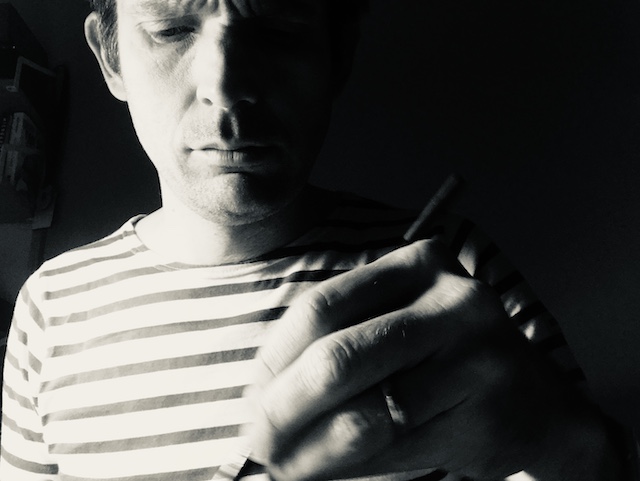There are some inputs to our creative process that we build up over time so that we are ready to draw on them whenever we work on a new project. In this next post in my series on creative thinking tools for projects, I will share with you another source of inputs for the Kalideacope. I call it the ‘preparing the colours for your Professional Palette. These are the set of colours from which you paint your ideas. The image this phrase conjures up for me is of the Impressionist painter spending time in their workshop in Paris getting their paints ready before they get on a train from the Gare St. Lazare, head out into the Normandy countryside and paint a landscape. You have to do the prep in the workshop before you can go out and paint. But how does this apply to us?

We can think of our professional knowledge as being organised under headings. The headings will be different from person to person but will be similar for two people in the same profession. Think of these headings as the things people working in a profession tend to know about. To illustrate, lets take the example of a composer. Their headings might be:
- The sounds that different instruments make
- Different ways to structure a piece of music
- Chord progressions
- Rhythms
- Texture
- Genres
- Harmony
- Rules of thumb for what sounds good
- How other composers structure their work
- Ways to achieve a particular move
- Ways to end a piece of music
Over the course of their professional work, they will probably gather lots of information under these headings. And so, when they sit down to write a piece of music they can draw on any of these inputs as they compose a piece of music. What form shall I use? What do different rhythms sound like? These are the colours from which they can build up their musical picture.
In tomorrow post, Use your Professional Palette, I will say more about how we build up the picture from these colours. But for now, hopefully you can see that the more colours, the greater the number of possibilities – the greater the ability to capture in the idea just what is needed. (Of course limiting choice can also be very creative, but I think there is value in selecting the constraints from a fuller array of possibilities).
For these inputs to be available, the composer has to put the work in regularly to gather and organise the inputs in advance. The work of gathering and organising is part of the creative work. Some might say that having a jumble of paints in a box is more creative than having them neatly organised. But as I argue in this post on sorting Lego, it is easy to conflate the serendipity of random choice with finding the right tools to realise your fleeting vision.
And so for the engineer as for the composer.
In preparing the colours for their work, a structural engineer might organise their professional knowledge around the following headings:
- Building materials
- Structural forms
- Natural forms
- Construction methods
- Favourite buildings
- Architectural styles
- Structural grids
- Types of connection
To prepare for the creative work of being a structural engineering, the structural engineer needs to gather examples under each of these headings to feed into the creative process. If concrete is the only colour in the toolbox, then the work will always be concrete-coloured. But the more knowledge they have in each of these areas, the more they can draw upon in their creative thinking.
As the painter stands on the clifftop they see the setting sun on the left lighting up the underside of brooding storm clouds boiling up to the North. Having invested the time in preparing the colours in their palette, they have the tools available to them to create their unique impression.


Leave a Reply